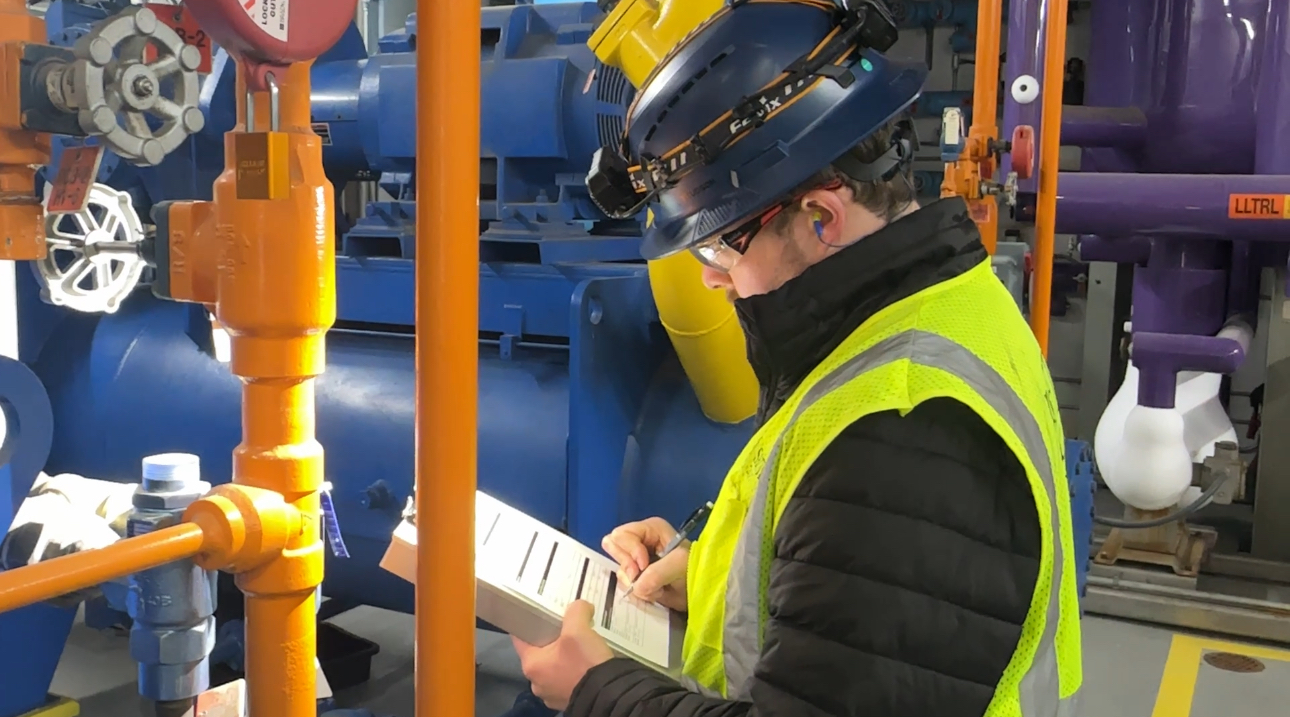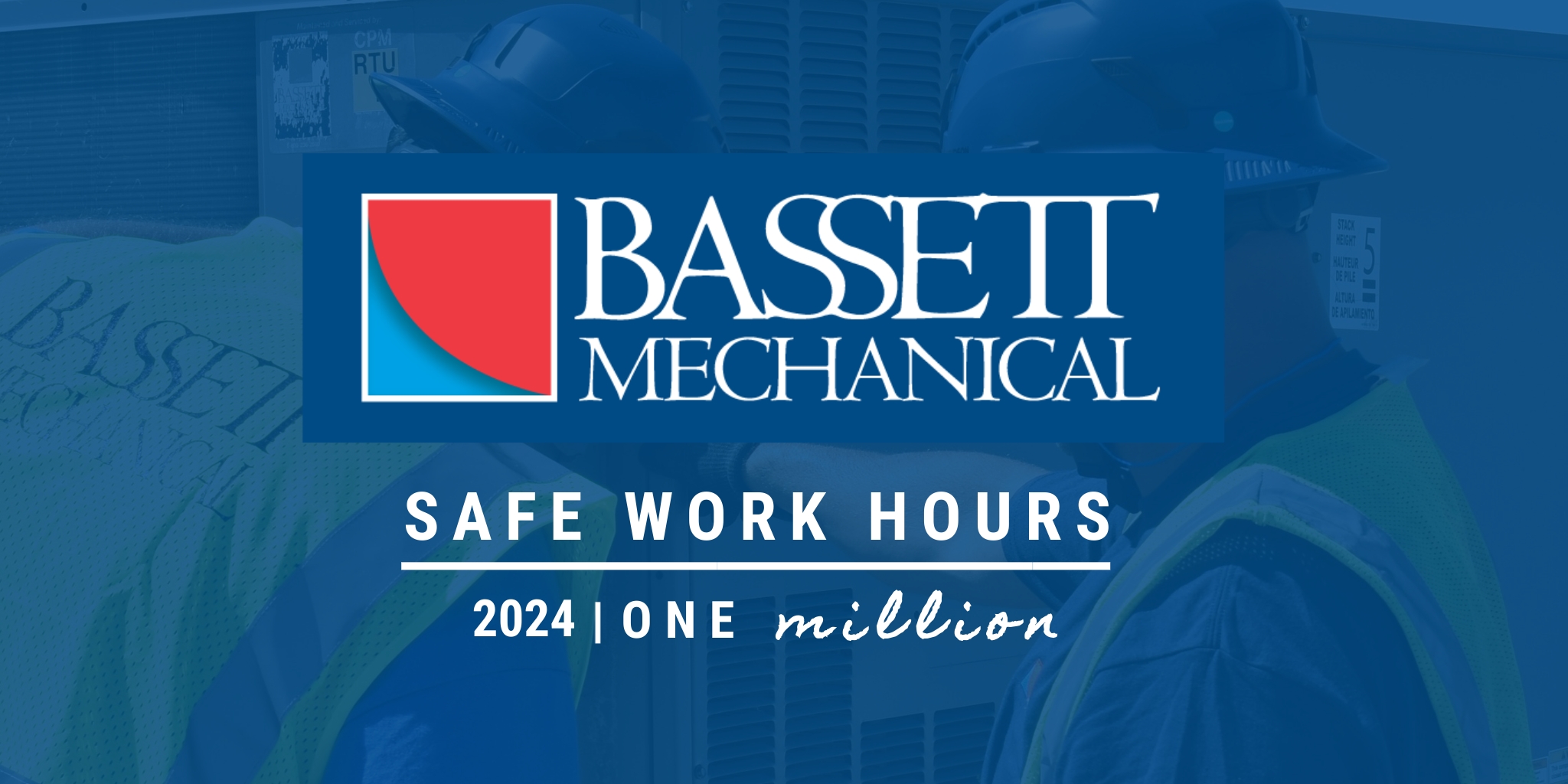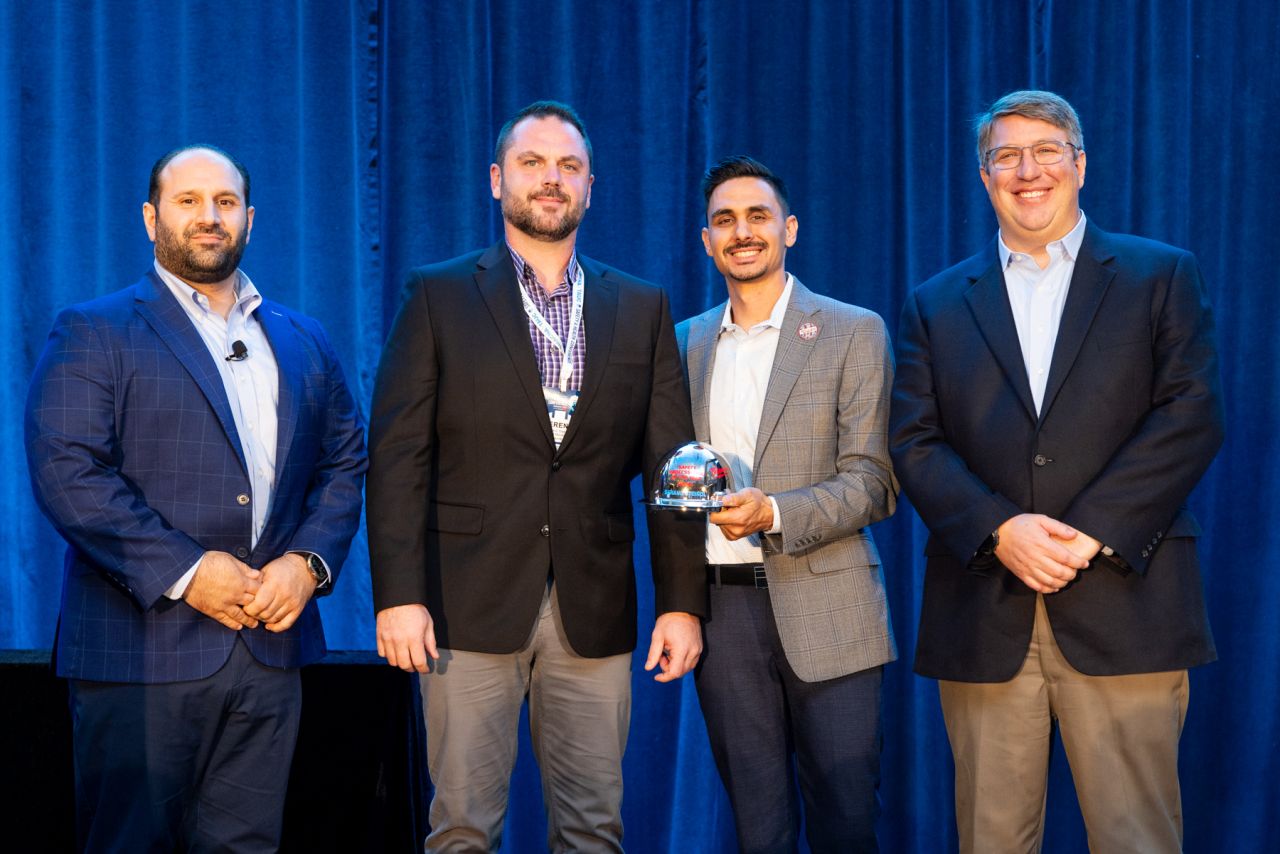Does your facility use hazardous chemicals as part of your process? If you answered “yes”, then you know that your facility is subject to random National Emphasis Program (NEP) inspections from OSHA. While we tend to shudder at the term “inspection”, this doesn’t need to be a cause for alarm. Knowing how to properly prepare your facility for an inspection can leave you feeling assured that you are ready for whatever it takes.
Compared to a regular onsite OSHA inspection, NEP inspections are truly luck of the draw for a facility owner. Each state has a minimum number of NEP inspections required each year. In Wisconsin, there are 4 area offices with each office doing 1-3 inspections annually.
There is no way to determine if a specific facility will be subject to an upcoming inspection. However, if you are a user of ammonia, natural gas, or petrochemicals you are likely to experience a NEP inspection at your facility. But a word of caution: this not the kind of “test” you can cram for at the last minute. Without notice, an OSHA inspector will arrive, show their credentials, and announce they are onsite to initiate a NEP/PSM inspection, so it’s important to be prepared so you can facilitate a smooth review.
STEP 1: OPENING CONFERENCE
The facility’s safety and health director, PSM manager, or another person capable of explaining the company’s PSM (Process Safety Management) program will be asked to attend the opening conference. The OSHA inspector will use a dynamic list of questions to determine if the facility qualifies for a NEP inspection (for ammonia, a facility must have over 10,000 lbs of ammonia to qualify). At this time, they will also request that the company representative provide an overview of the current processes and use of chemicals at the facility including process flow diagrams represented on P&ID drawings.
Without notice, an OSHA inspector will arrive, show their credentials, and announce they are onsite to initiate a NEP/PSM inspection, so it’s important to be prepared so you can facilitate a smooth review.
STEP 2: LIST OF DOCUMENTS
A list of documents will be requested by OSHA including (but not limited to) safety records, P&ID Drawings, emergency evacuation procedures, and a copy of the current PSM program. A deadline will be established for the facility to provide all requested documentation.
STEP 3: PSM PROGRAM OVERVIEW
The facility’s PSM Manager or designated company representative will be asked to deliver an overview of the PSM Program components and how the facility implements them, identify the personnel responsible for the program, describe company records used to verify compliance, and supply a written summary description of the PSM program. The OSHA inspector will generally choose one particular system or process to focus the remainder of the inspection on at this time.
STEP 4: INITIAL INSPECTION
The OSHA inspector will be escorted by the designated company representative for a walk through the facility to visually assess the system or process previously chosen in Step 3. During this assessment, it is important to focus only on the particular system that was chosen. Anything else that the inspector can easily view may also be under scrutiny so it is important to keep focused to avoid broadening the scope of the inspection.
STEP 5: CLOSING CONFERENCE
After the inspection is complete, the inspector will leave the facility and wait for the required documentation to be submitted by the agreed upon deadline. OSHA will review the documents and schedule a closing conference with the facility representatives. During this conference, any potential citations will be discussed. A NEP inspection can last any range of time, however, OSHA is required to close the inspection within 6 months.
Preparing early and avoiding these citations altogether is the best route to take.
STEP 6: CITATIONS
If citations are issued after the closing conference, the company will have the option to pay the fines or contest the citation(s). The company must choose how they will proceed and respond within 15 working days. An informal conference can be set up to discuss any fines and corrective actions in further detail. Fines can be substantial, ranging from $7,000 to $70,000 per citation. OSHA may also issue a press release stating they have fined the facility for PSM violations. Unfortunately, there is not much a facility can do to stop this, so preparing early and avoiding these citations altogether is the best route to take.
HOW CAN YOU PREPARE FOR A NEP INSPECTION?
- Implement a Process Safety Management program that is based on the 14 elements of the OSHA PSM regulations.
- Use Management of Change (MOC) procedures when new processes are added or existing processes are changed.
- Conduct a gap analysis – an informal, off-the-record check of the current program that identifies gaps and ways to fix them.
- Record your company’s compliance audit. OSHA requires a compliance audit every 3 years, so it is important to not only complete this but also to document the results. OSHA requires documentation from the last 2 compliance audits to be onsite at the time of a NEP inspection. If your company cannot provide documentation of a compliance audit being completed, large fines may be issued.
ARE YOU PREPARED?
If the thought of a NEP inspection makes you cringe, remember Bassett Mechanical’s PSM Team is here to help. We can help ensure your facility is ready for a NEP inspection and reduce the chance (or amount) of any potential violations.




